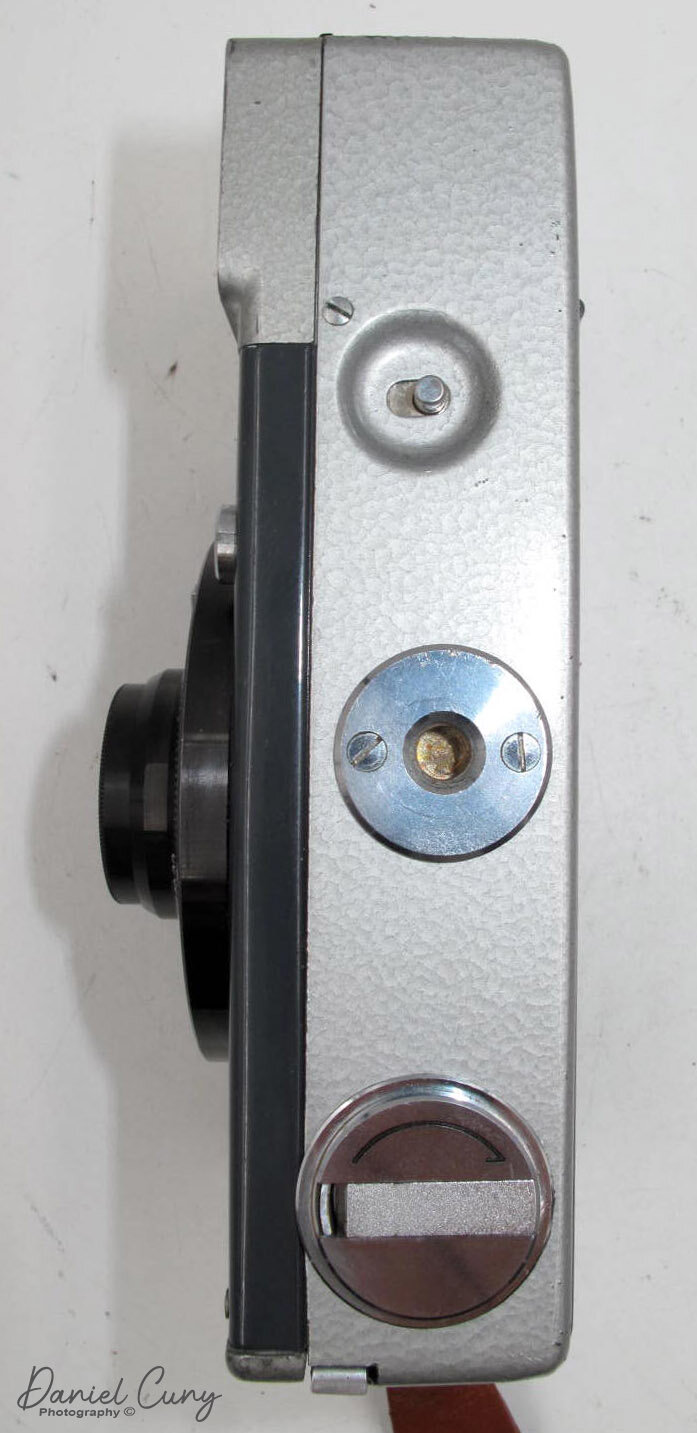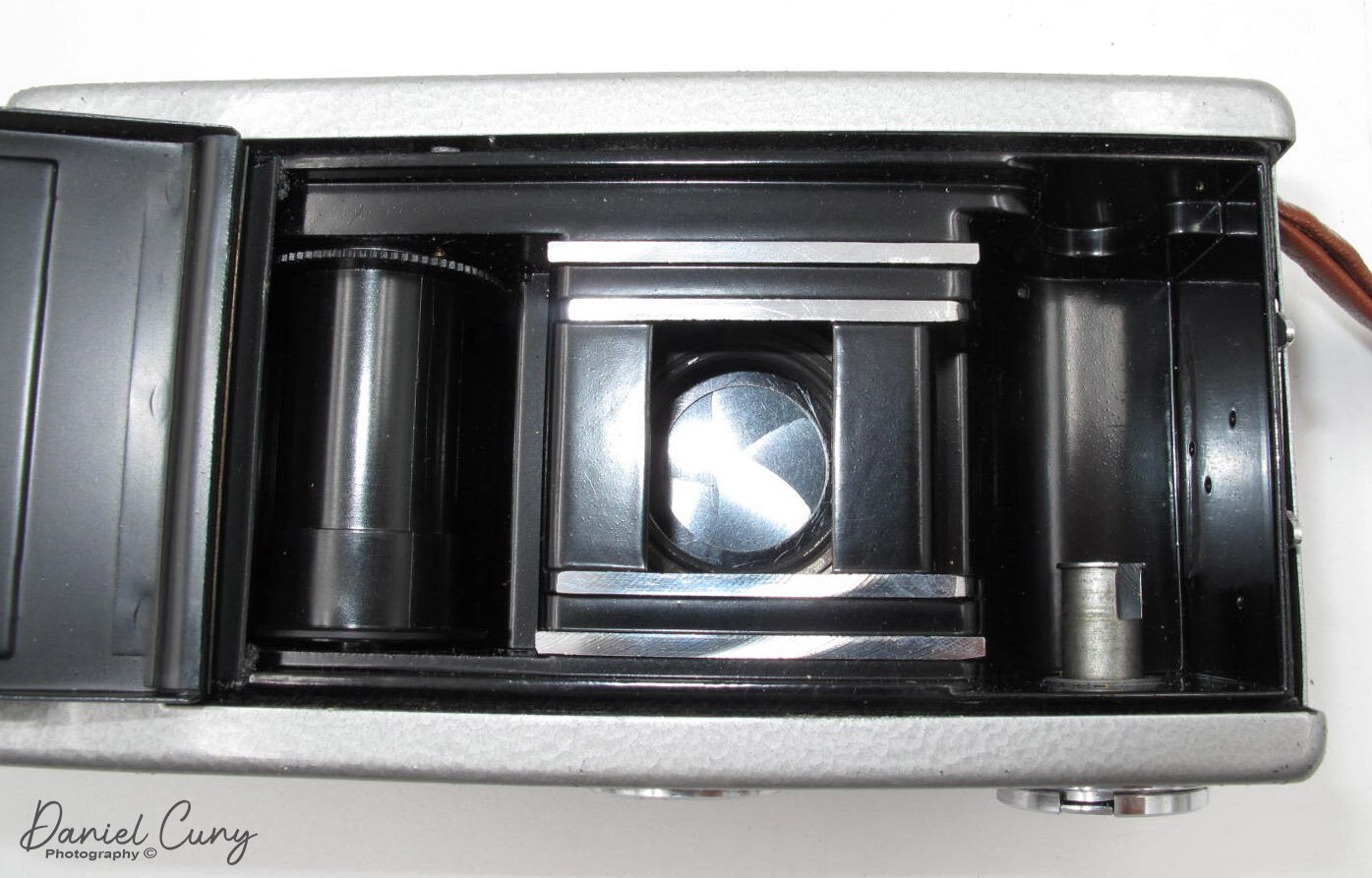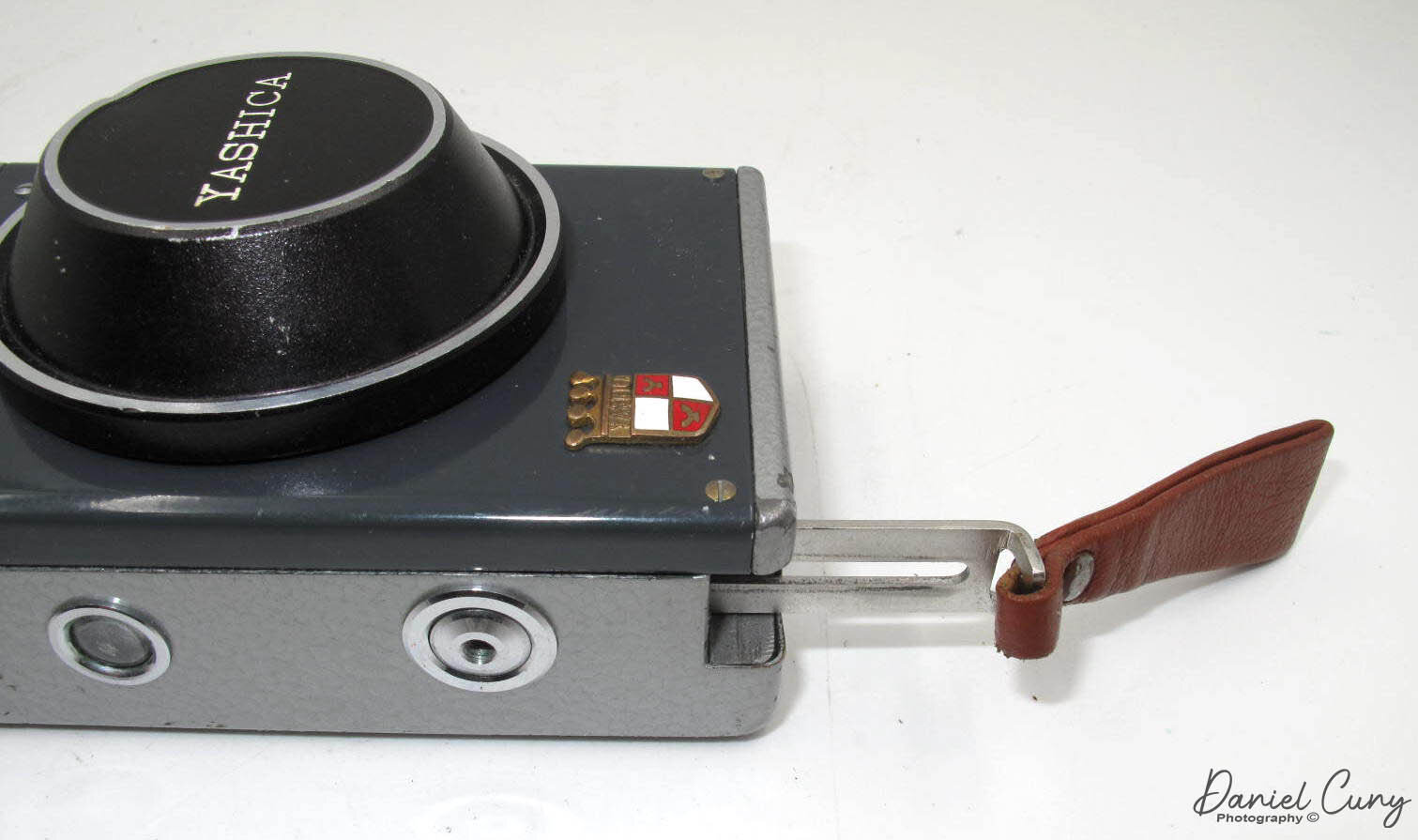The Yashica Rapide is a camera I've had for a few years. Looking around on the internet, I don't see a lot of information on it. I'm excited to bring this camera to the forefront for others to be aware of and hopefully renew some interest in this oddball half-frame camera. I do like the design and compactness of this camera as it's something you can easily stick in your coat pocket and bring along for your weekend getaway or summer holiday.
Company Background
To think Yashica started from an investment of $566.00 in December of 1949. The original company had eight employees and started making electronic clock parts under the name Yashima Seiki Company in Osaka, Japan. A few years later, they started making camera parts, and by 1953, they introduced their first camera, Yashimaflex. A twin-lens reflex, medium format 6x6 cm camera. Tomioka Optical Works made all of the Yashica lenses under the name like Yashikor and Yashikon. Their relationship with Yashica lasted for many years and has some excellent optics. They were the optical company that made the professional lenses for Polaroid for their 180, 195 models.
Throughout the 1960s and into the 1970s, Yashica produced many fine cameras, like the Yashicamat and the popular Electro35 cameras. They never were huge success like Nikon or Canon. In the 1970s, Yashica collaborated with Carl Zeiss to make a professional SLR, the Contax RTS, a unique system. In 1983, Kyocera purchased Yashica, and by 2005, the Yashica, Contax, and other Kyocera product ended production.
The Camera
The Yashica Rapide is a different camera design than the Yashica Rapid made in the later 1960s. The Rapide is a vertical format camera, and the later Rapid has a more traditional 35mm form. The Rapide is an excellent and well-built camera with some smart and not so innovative features. The camera measures 5" tall x 2.75" wide x 2" deep, including the lens, and weighs 1 lb. 3.5 oz. with the lens cap.
The backdoor opens from the bottom upward to load the film. You put the 35mm cassette on the bottom. Then tuck the film leader into the film clip on the take-up spool, which is on the top of the camera. The film advances by pulling the leather "wrist strap" or tab on the bottom right of the camera as you're holding it to take a photo. I have difficulty calling the leather tab a wrist strap as you can barely get two fingers in the loop.
The shutter button is on the lower right side of the camera, so it's effortless to take a photo and advance the film to the next frame. I do like this feature of the camera. Just above the shutter release is the frame counter. On the other side of the camera are the rewind release button, rewind crank, and tripod socket.
The camera has a 2.8 cm lens (28mm) f2.8 Yashinon lens in a Copal SV shutter. The shutter speeds go from 1/500-1 sec. also B and controlled by two pegs that rotate to set the shutter speed. The aperture has settings from f2.8-22. The aperture sets by turning a knurled ring to select both the EV setting from the meter and the aperture setting. There is also a self-timer and settings for M or X flash sync.
The focus is a manual/guess focus lens that focuses from 1 to 5 meters and infinity. There is a green focus setting below the 1 meter, which is C (guessing "close-up"). There is also an indented focus setting of "P" between 1.5 and 3 meters, which is for (thinking "portrait"). The lens does take 24mm filters.
The not so innovative features are how to use the meter. On the one hand, I understand why they did it this way, and the other is somewhat maddening to use. To use the meter, you hold the camera face up and point the selenium cell towards the subject. In the upper right of the camera is where you read the EV value. You then turn the dial in the front of the camera to the EV setting from the meter. Put the camera up to your eye and shoot. It's not the quickest way to shoot but works none the less. The meter on my camera isn't in working condition, so I usually use the "sunny 16" rule or, at times, pull out my auxiliary meter and use that.
Photos from the camera.
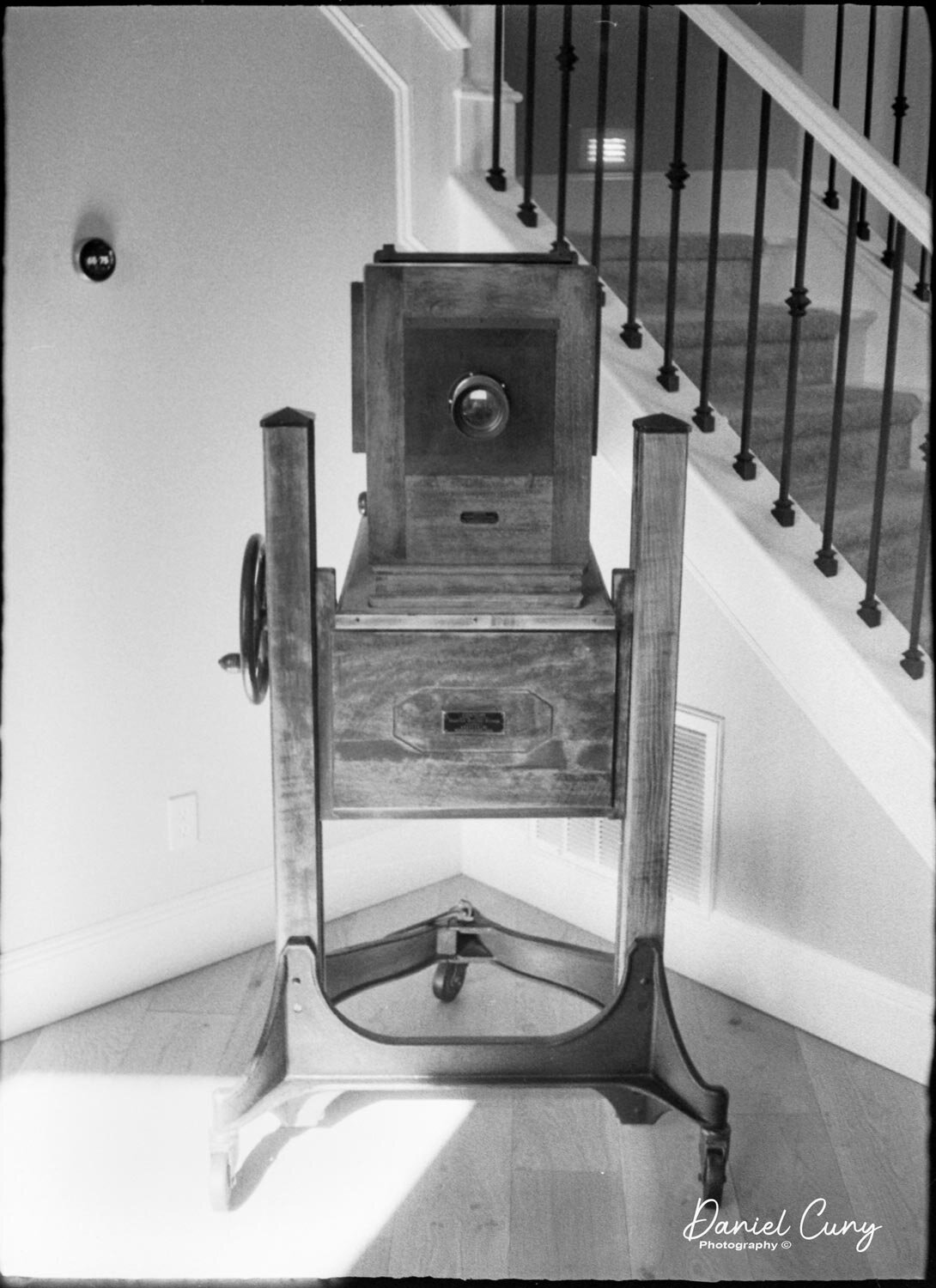
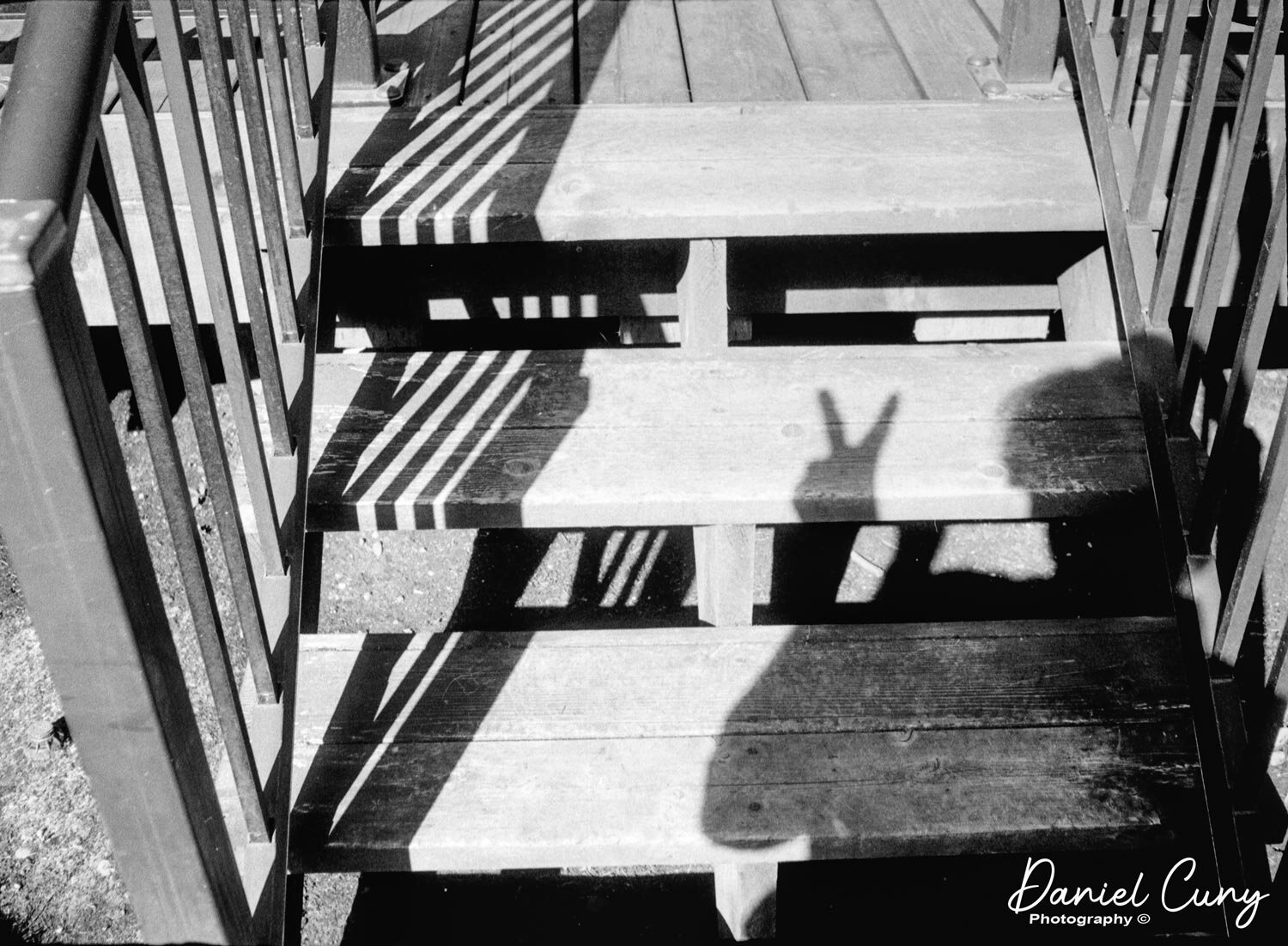
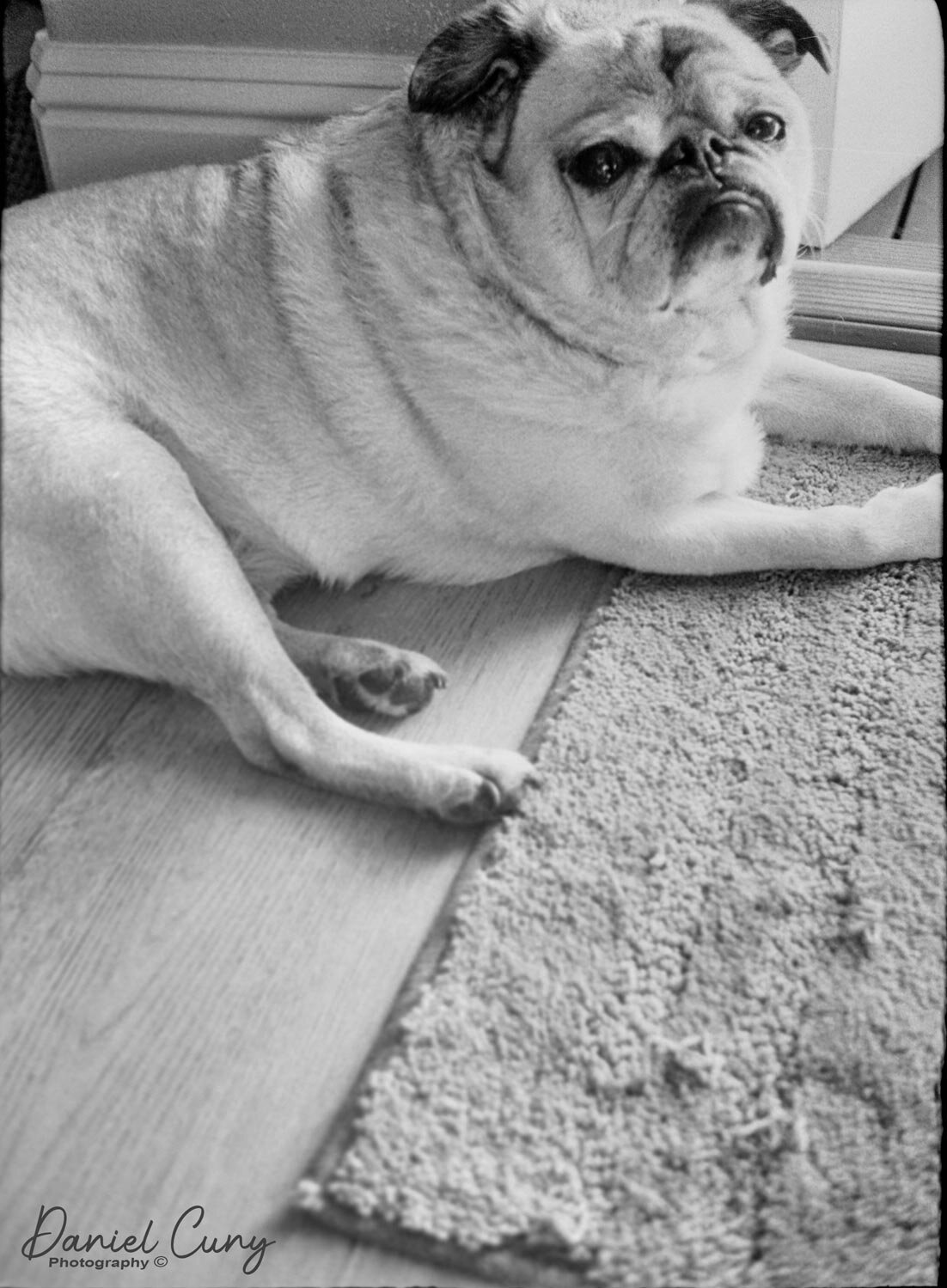

Conclusion.
I enjoy shotting with this little gem of a camera. It's small, compact, and the images are sharp and fun to shoot. The camera is reliable, and the film advance is just brilliant and a hoot to use. Since the camera is half-frame, I was always concerned the film wasn't advancing the proper amount. When I look at the negatives, the transport is perfect. Great job, Yashica!!! I'm so happy to have this in my collection.
Thank you for taking the time to read this post. I appreciate your loyalty to my posts, and until next week, please be safe and stay healthy. Next week's post will be on the Al-Vista Baby camera by Multiscope Camera and Film Co.
You can subscribe to my Camera Collecting Blog below.



